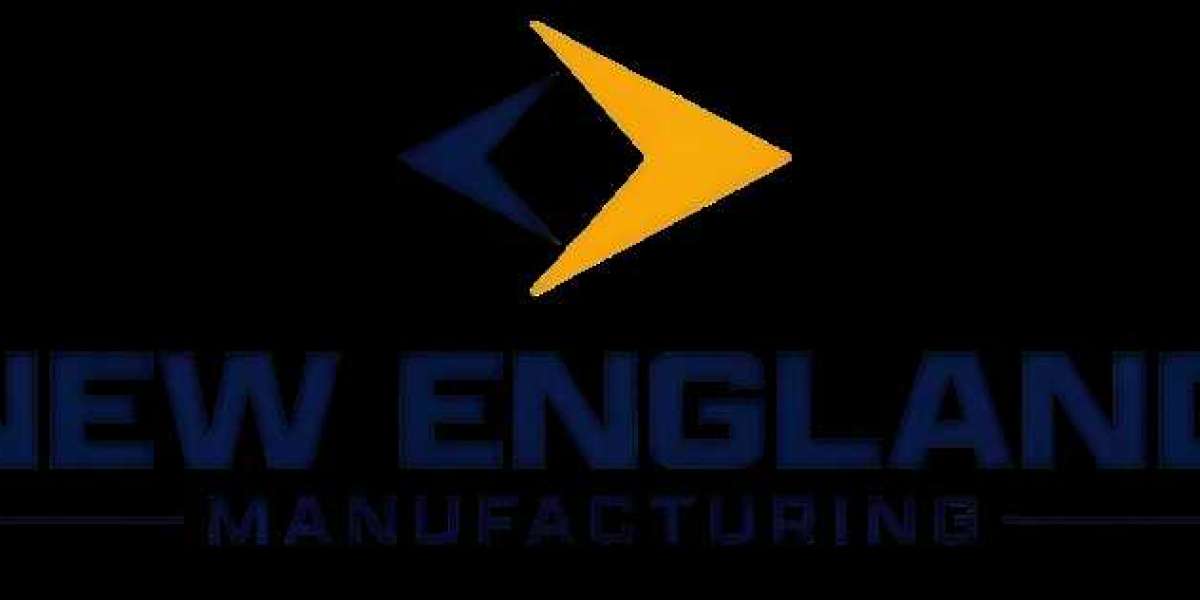Pressure gauges are everywhere—on water systems, in manufacturing plants, on fire hydrants, and even in remote pipeline installations. But simply having a pressure gauge isn’t enough. If that gauge isn’t properly calibrated, it’s like using a bathroom scale that’s off by ten pounds—you’ll make decisions based on the wrong numbers, and that can have costly or dangerous consequences.
A calibrated pressure gauge is one that has been tested against a known reference standard to ensure it reads accurately within its specified range. In industries where precision is linked to safety and performance, this isn’t just a “nice to have”—it’s essential.
Why Calibration Matters
Pressure gauges gradually lose accuracy over time. This can happen due to vibration, temperature changes, exposure to corrosive substances, or simple wear and tear. When the gauge starts drifting from the true reading, even by a small margin, the impact can ripple through operations.
In manufacturing, incorrect readings can lead to over-pressurizing systems, damaging equipment or creating safety hazards.
In firefighting systems, miscalibration can cause hydrants to deliver less water pressure than expected, compromising emergency response.
In chemical processing, inaccurate pressure control can affect product quality and safety compliance.
Calibrating a pressure gauge ensures the readings match the actual system pressure. This helps operators make informed decisions and keeps systems running safely.
Real-World Example: Fire Hydrant Maintenance
Municipal fire departments and water authorities often rely on calibrated gauges when checking hydrant performance. The nfpa hydrant color code is a widely recognized system in the United States that uses hydrant cap colors to indicate their water flow capacity.
For example, a hydrant with a blue cap might signal over 1,500 gallons per minute, while a red cap might indicate under 500.
If the pressure gauge used to test that hydrant is not calibrated, the recorded flow capacity could be wrong—and the hydrant could end up with the wrong color code. In a fire emergency, this misinformation could slow down firefighters or reduce available water supply.
You can read more about nfpa hydrant color code here: NFPA Guidelines.
How Calibration Works
The calibration process involves comparing the pressure gauge’s reading to a reference standard that has been certified and traceable to a national or international standard.
Basic steps include:
Visual Inspection – Check for damage, dirt, or signs of wear.
Zero Check – Ensure the needle rests at zero when no pressure is applied.
Apply Known Pressures – Using a pressure source and a reference gauge, apply set pressures to the gauge being tested.
Record and Adjust – Note differences and adjust if the gauge allows for calibration.
Document Results – Keep a record for compliance and maintenance history.
When and How Often to Calibrate
How often you calibrate depends on the application:
| Application | Recommended Calibration Interval |
|---|---|
| Critical safety systems (e.g., firefighting, high-pressure boilers) | Every 6–12 months |
| General industrial use | Every 12–18 months |
| Non-critical monitoring | Every 2–3 years |
A good rule of thumb is to calibrate more often if the gauge is exposed to vibration, extreme temperatures, or high usage.
Common Mistakes to Avoid
Even with calibration, certain practices can shorten the life of your gauges or cause drift:
Over-ranging – Applying pressure beyond the gauge’s maximum rating can permanently damage the mechanism.
Ignoring temperature effects – Extreme heat or cold can affect readings; choose gauges rated for your operating environment.
Poor installation – Vibration without damping, or mounting in high-traffic areas where gauges get knocked, can cause premature failure.
Tips from the Field
From speaking with maintenance teams and operators, a few practical tips stand out:
Use glycerin-filled gauges in high-vibration environments; they’re less prone to needle shake.
Tag and track gauges with calibration dates to avoid overdue maintenance.
Invest in portable calibration kits if your team works in remote areas—sending gauges offsite can delay repairs.
Train your staff—a gauge is only as reliable as the person reading it.
Where to Find Calibrated Gauges
While many suppliers sell standard gauges, it’s worth sourcing from a vendor who can provide pre-calibrated units or offer in-house calibration before shipping.
For example, Your Brand’s Calibration Services ensures gauges are tested and documented to meet relevant standards, helping teams maintain accuracy from day one.
The Safety Connection
A calibrated pressure gauge is more than a maintenance checkbox—it’s part of your safety net. From ensuring a fire hydrant meets its nfpa hydrant color code capacity to keeping a factory’s steam lines within safe limits, the right readings protect people, property, and productivity.
Whether you manage a remote industrial site, lead a project team, or oversee infrastructure maintenance, keeping gauges accurate is a small step with big consequences.













